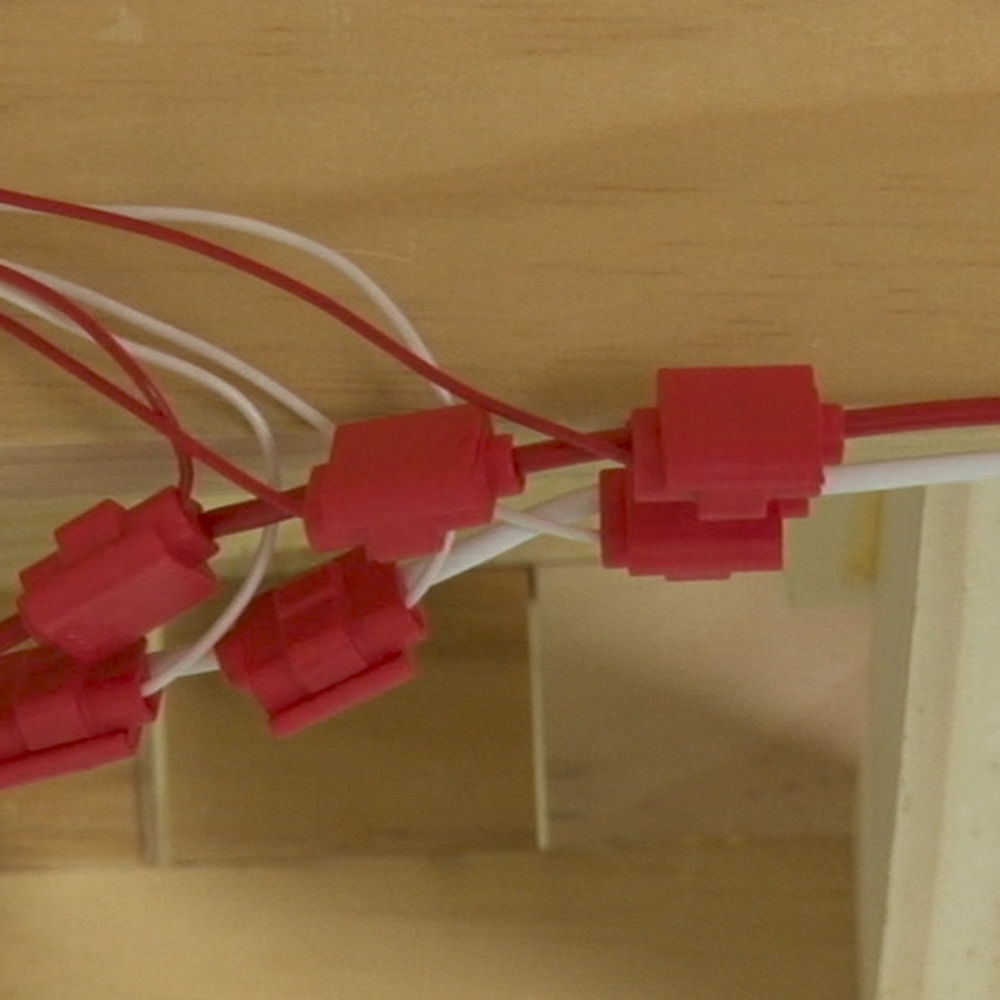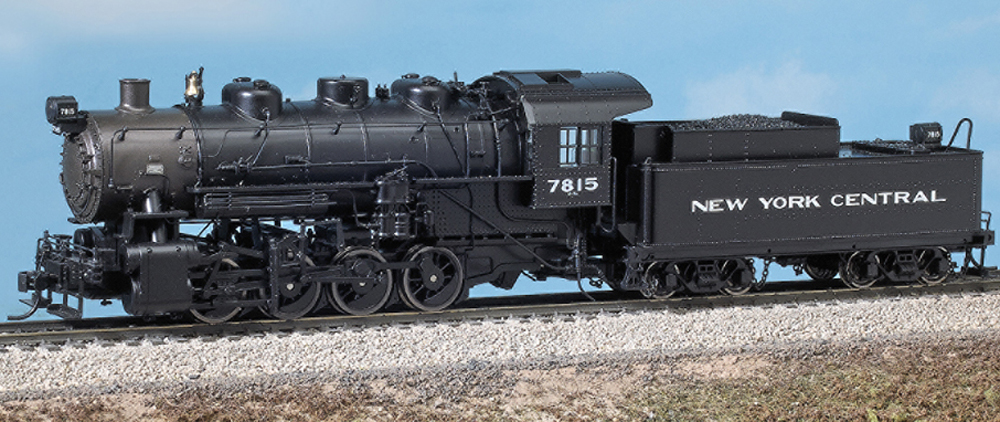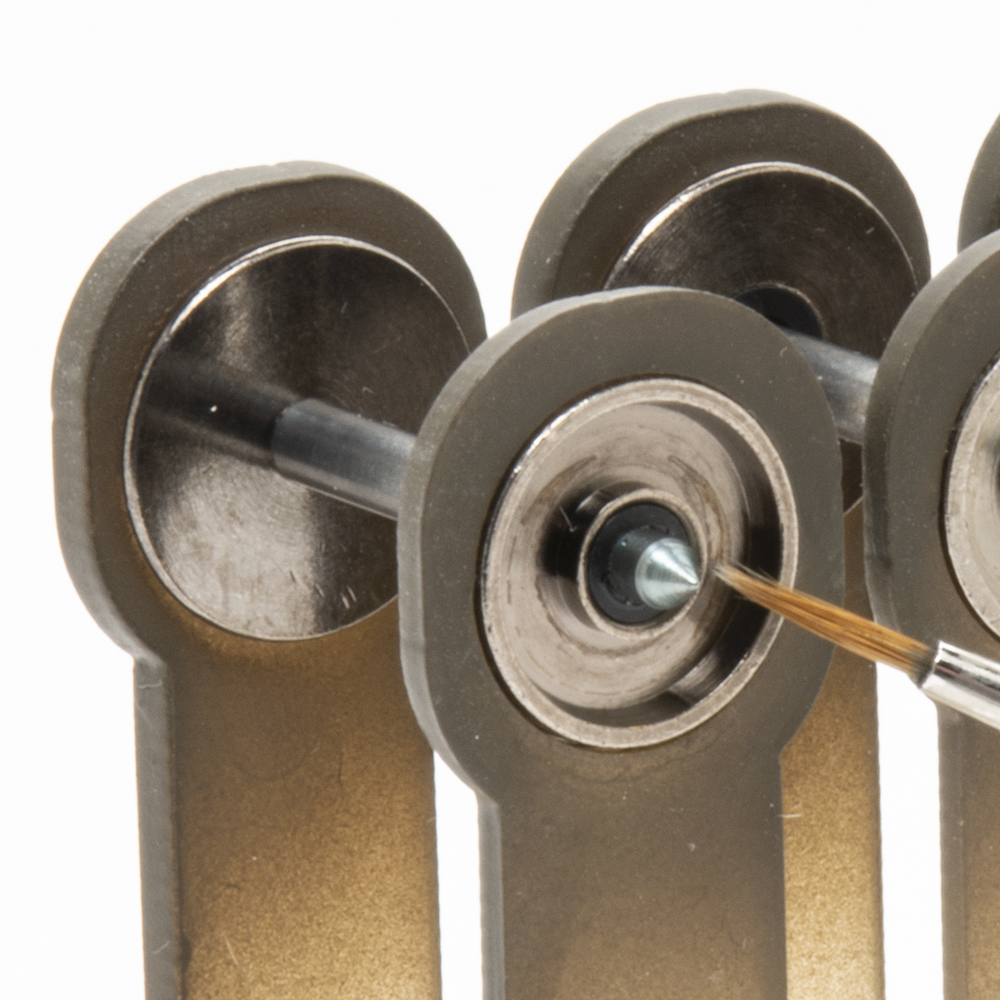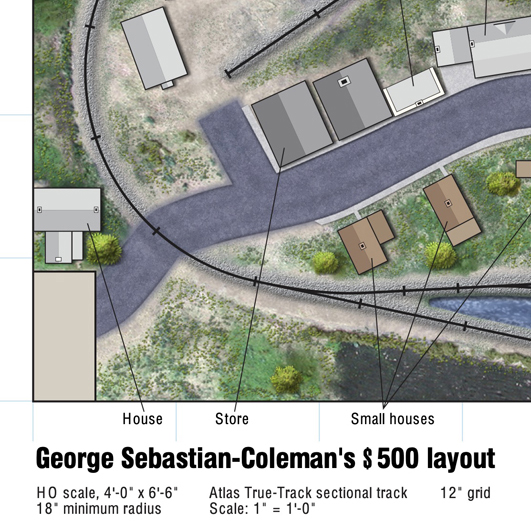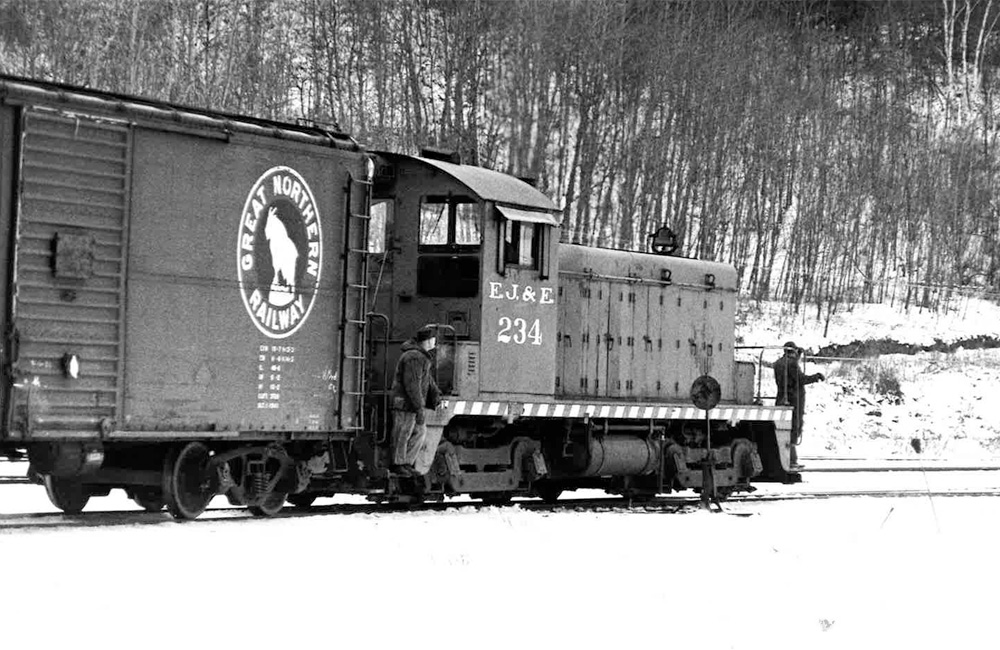
Q: I am in the initial phases of planning an N scale model of the Duluth & Northeastern Railroad in Cloquet, Minn., circa 1998. I have information on their locomotive roster, which consisted of three EMD SW1s and an EMD SW1000. However, I’m not having much luck locating information on the Duluth & Northeastern freight roster. Any assistance you can provide is greatly appreciated. – John Fuja
A: The Duluth & Northeastern (D&NE) was founded by Frederick Weyerhaeuser, the paper magnate, in 1898 after he bought interest in a couple of logging companies in Cloquet, Minn., just west of Duluth. The line initially ran 27 miles from a connection with the Duluth & Iron Range (D&IR) at Hornby, Minn., to Island Lake, Minn. There, logs cut at logging camps along the line were dumped into the Cloquet River to float down to the St. Louis River and ultimately to the mills at Cloquet. But when water levels in those rivers fell in 1902, the D&NE extended its rails 42 miles to Cloquet. This gave it an interchange with the Duluth, Missabe & Northern (DM&N) at Saginaw. The railroad was later extended again to reach a junction with the General Lumber Co. rails at Cascade, which gave the railroad access to international traffic via Rose Lake on the Canadian border.
But the D&NE’s fortunes would eventually take a turn for the worse. The forests in the area were pretty much logged out by the late 1930s, and the line north of Hornby was pulled up in 1939. Another contraction happened when the D&IR and DM&N merged to form the Duluth, Missabe & Iron Range (DM&IR) in 1938. Since the combined road already had a link to the D&NE at Saginaw, the connection at Hornby became redundant, and the D&NE’s petition to abandon the little used tracks between Saginaw and Hornby was approved in 1941. Of the railroad’s peak length of 131 miles, only 11.4 remained.
The doughty little line continued moving logs, lumber, paper, and the occasional passenger for years, but gained some fame with railfans in the 1950s and ‘60s. While other railroads were dieselizing in the decades following World War II, the D&NE clung to its steam roster, which consisted of an 0-6-0 switcher and four 2-8-0 Consolidations, all bought secondhand. (All of the D&NE’s steam locomotives were preserved; to read about how No. 28, a 1906-vintage Alco 2-8-0, was restored to running condition, read “Midwestern steam returns” in the August 2017 issue of Trains Magazine.)
The road didn’t dieselize until 1964, when it was purchased by Potlatch, which operated a large mill in Cloquet. Four Electro-Motive Division end-cab switchers purchased from the Elgin, Joliet & Eastern replaced the steamers: three SW1s numbered 31 to 33 and No. 34, an NW2. Brand-new SW1000 No. 35 replaced the NW2 in 1967. The SW1s and the SW1000 still run today on the D&NE’s successor, the Cloquet Terminal Ry.
Traffic on the main line declined as interchange partner DM&IR shifted emphasis from forest products to taconite. After heavy rains washed out part of the D&NE’s main line in 1990, the railroad petitioned to abandon the track north of Cloquet. Only its plant-switching duties in Cloquet remained.
The Official Railway Equipment Register is an annual industry publication that catalogs all the rolling stock belonging to a railroad. As of the 1993 edition, the last one to list the D&NE, the road rostered 90 59’-6” pulpwood gondolas: 89 numbered 6000 to 6089 (with one omission) and one numbered 9000. The ORER dropped the railroad from its listings the next year, perhaps indicating that the line stopped supplying information to the publication.
The Potlatch paper mill, and the D&NE along with it, was sold to paper company Sappi in 2002. The railroad was rebranded as the Cloquet Terminal Railroad, which is still in operation today. The CTRR interchanges with the BNSF Ry. and Canadian Pacific and serves the paper mill, a USG ceiling tile factory, and a Specialty Minerals (SMI) plant that produces chemicals for the paper mill. The CTRR first appears in the Official Railway Equipment Register of 2005, which lists the railroad as owning five pulpwood racks, 82 52-foot bulkhead flatcars (no doubt also used for pulpwood), and 11 gondolas, probably the remnants of the D&NE fleet.
Since you’re modeling the D&NE in 1998, which falls in between the two years for which we have a rolling stock roster, you could plausibly assemble a Duluth & Northeastern freight roster from a mix of those two: some older gons, some newer bulkhead flats, and perhaps some pulpwood racks. The rest of your rolling stock should consist mostly of BNSF and CP boxcars to pick up finished paper and ceiling tiles, covered hoppers to supply the USG and SMI plants, and a handful of other cars from roads that interchange with BNSF and CP.
Send us your questions
Have a question about modeling, operation, or prototype railroads? Send it to us at AskTrains@Trains.com. Be sure to put “Ask MR” in the subject.






